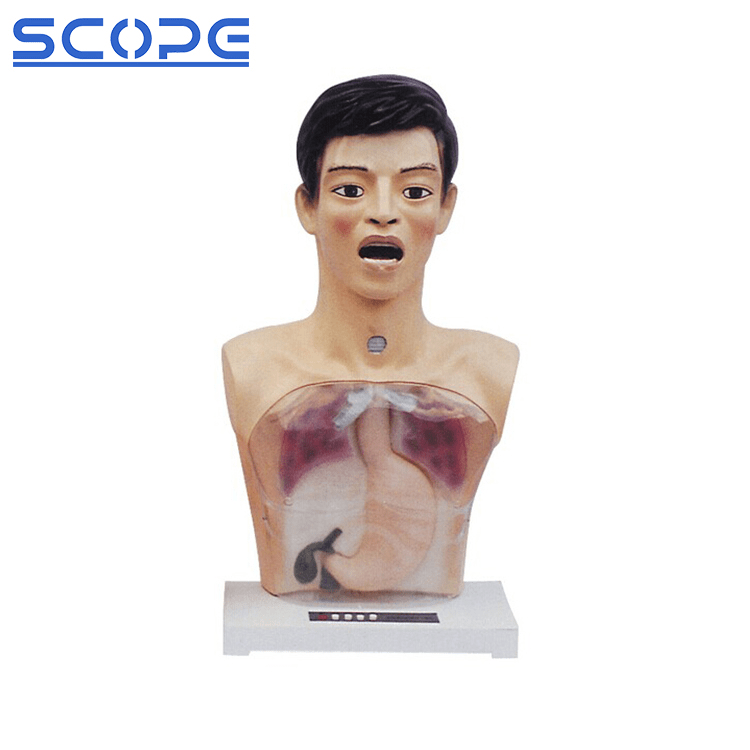Clinical training manikins, also known as patient simulators, are extremely valuable tools used in a variety of healthcare professions to practice critical skills in a safe and controlled setting. These lifelike models range in complexity from simple CPR manikins to advanced high-fidelity simulators capable of simulating complex physiological reactions. Below is a detailed breakdown of their various applications:
1. Basic Skills Training:
l CPR and First Aid: Manikins are useful for learning and practicing CPR techniques on adults, children, and infants. They provide realistic resistance to compression depth and allow trainees to practice airway management and rescue breathing.
l Injections and Venipuncture: These skills necessitate precision and confidence. Manikins with palpable veins and realistic skin texture allow trainees to practice locating veins, administering intramuscular or subcutaneous injections, and drawing blood samples.
l Wound Care and Dressing: Manikins with simulated wounds of varying types and severity allow for practice in wound cleaning, dressing application, and sterile technique.
2. Advanced Clinical Procedures:
l Advanced Life Support (ALS): High-fidelity manikins can model complex medical scenarios such as cardiac arrest, shock, and respiratory distress. Trainees can practice administering medications, interpreting vital signs, and performing advanced airway maneuvers in a realistic environment.
l Surgical and Obstetric Procedures: Specialized manikins teach surgeons and obstetricians about minimally invasive procedures, suturing techniques, and childbirth simulations. These models provide haptic feedback and realistic anatomical structures, allowing for precise skill development.
l Patient Interaction and Communication: Manikins can help healthcare professionals practice communication skills, deliver difficult news, and build rapport with patients in a safe and controlled environment.
3. Additional Benefits:
l Reduced Risk: Manikins reduce the risk of injury to real patients during skill development, particularly for critical procedures.
l Standardized Training: Manikins provide consistent training experiences for all learners, regardless of clinical settings or instructors.
l Improved Confidence: Practicing on manikins helps healthcare professionals gain confidence and competence before interacting with real patients.
l Cost-Effectiveness: Manikins provide a cost-effective alternative to training on real patients or cadavers, particularly for complex procedures.
Clinical training manikins are invaluable resources for honing critical medical skills in a variety of healthcare professions. They provide a safe, controlled, and standardized environment for practicing basic and advanced procedures, thereby increasing confidence and, ultimately, improving patient care. It is important to note that the features and functionalities of training manikins differ greatly depending on their type and complexity. Always select the appropriate manikin for the intended training purpose, and ensure adequate training and guidance for optimal skill development.

